
Libraries are far more than just buildings filled with books; they are dynamic, evolving centers of knowledge, community, and innovation. In an age where information is abundant yet often overwhelming, understanding how to effectively navigate and utilize these invaluable resources is more crucial than ever. From ancient archives to modern digital hubs, libraries have consistently adapted to serve the evolving needs of their communities, offering a treasure trove of materials and services designed to empower every individual.
This isn’t just about borrowing a book. It’s about tapping into a vast network of information, gaining new skills, and connecting with your community in meaningful ways. Whether you’re a student, a researcher, a parent, or simply someone eager to explore new horizons, libraries offer practical solutions and actionable advice for a multitude of everyday challenges. Let’s delve into some fundamental ways you can harness the power of your local library and truly unlock its full potential.
We’re going to explore seven key aspects of what libraries offer, helping you appreciate the depth and breadth of their services. These insights will transform how you view and interact with these essential institutions, turning them into indispensable tools for your personal and professional growth. Get ready to discover a wealth of opportunities right at your fingertips.

1. **Access to Diverse Collections**:At its core, a library is a collection of materials and media, accessible for use by its members. These collections aren’t just limited to printed books, as many might assume. Modern libraries provide both physical (hard copies) and digital (soft copies) of a vast array of resources, ensuring everyone can find what they need in their preferred format.
Think beyond traditional books to a world of information waiting to be discovered. A library’s collection can include periodicals, newspapers, manuscripts, films, maps, prints, documents, and microform. You’ll also find modern entertainment and educational resources like CDs, cassettes, videotapes, DVDs, Blu-ray Discs, e-books, audiobooks, table games, and video games, showcasing a commitment to diverse interests.
Crucially, libraries also provide access to information, music, or other content held on bibliographic databases. This means you can tap into a wealth of scholarly articles, research papers, and specialized data that might otherwise be difficult or costly to access. Whether you prefer the tactile feel of a physical book or the convenience of a digital download, your library is equipped to deliver.
Read more about: Beyond the Odometer: 15 Legendary Engines That Defy Time, Powering On Strong Past 200,000 Miles and into Automotive Immortality

2. **Expert Guidance from Librarians**:Navigating the vast ocean of information can be daunting, but you don’t have to do it alone. In addition to providing materials, libraries offer the invaluable services of librarians. These aren’t just people who check out books; they are highly trained experts in finding, selecting, circulating, and organizing information.
Librarians are adept at interpreting your information needs, even when you’re not entirely sure what you’re looking for. They can help you navigate and analyze large amounts of information from a variety of resources, making your research endeavors significantly more efficient and effective. Their area of study, known as library and information science or studies, equips them with specialized skills to empower users.
Don’t hesitate to approach a librarian with your questions. They are there to assist you, whether it’s locating a specific item, understanding a complex topic, or even recommending resources for a new hobby. Their expertise is a critical component of the library’s utility, transforming a collection of materials into a truly usable and powerful information system.
Read more about: The Future of Work: 16 Careers Experts Predict Will Vanish by 2035 Amidst AI and Automation

3. **Quiet and Collaborative Study Spaces**:Finding the perfect environment for focused work or group projects can be a challenge outside the home. Library buildings often step in to fill this need, providing essential spaces tailored for various study preferences. They offer quiet areas designed for individual contemplation and deep concentration, ideal for when you need to truly immerse yourself in your work without distractions.
Beyond individual study, libraries also recognize the importance of teamwork and shared learning. They provide common areas specifically configured for group study and collaboration, allowing students and community members to work together effectively. These spaces often come equipped with public facilities for accessing electronic resources, such as computers and Internet access, making them perfect hubs for productive teamwork.
Whether you’re preparing for an exam, writing a paper, or collaborating on a community project, your library likely has a designated space that suits your needs. These facilities underscore the library’s role not just as a repository of knowledge, but also as a vital educational and community resource, fostering learning in many forms.
Read more about: Master Your Commute: 12 Life-Changing Strategies to Slash Stress and Boost Your Well-being Every Day
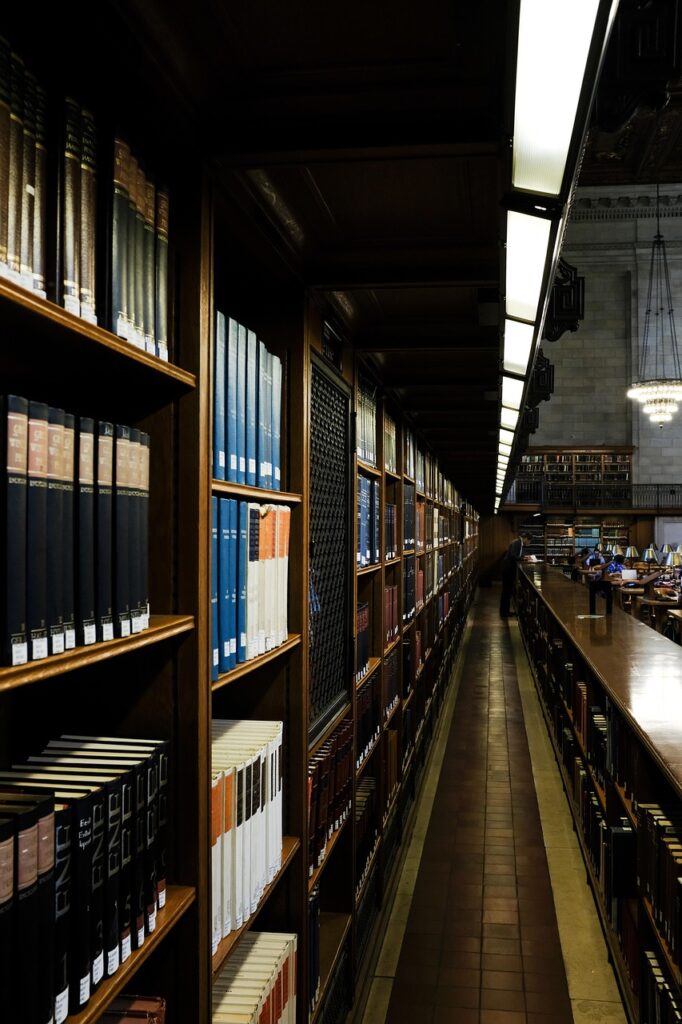
4. **Free Public Internet and Computer Access**:In today’s digital world, reliable Internet and computer access are fundamental necessities, yet not everyone has these resources readily available at home. Libraries play a crucial role in bridging this digital divide by providing public facilities for access to their electronic resources, including computers and the Internet. This service is particularly attractive to younger library users, but benefits everyone.
This means you can visit your local library to search for information online, apply for jobs, connect with friends and family, or access educational content. Libraries are moving the emphasis from mainly providing print resources to offering more computers and more Internet access, reflecting the changing ways people seek information. They understand that convenient online access is a major draw for many patrons.
Furthermore, libraries may make use of the Internet in a number of ways themselves, from creating their own library website to making the contents of their catalogues searchable online. This integration of digital tools ensures that even if you don’t have personal access, you can still engage fully with the wealth of online information and library services through their provided infrastructure.
Read more about: Why Your Home Wi-Fi Is Slow: 12 Common Mistakes and Quick Fixes for a Faster Network
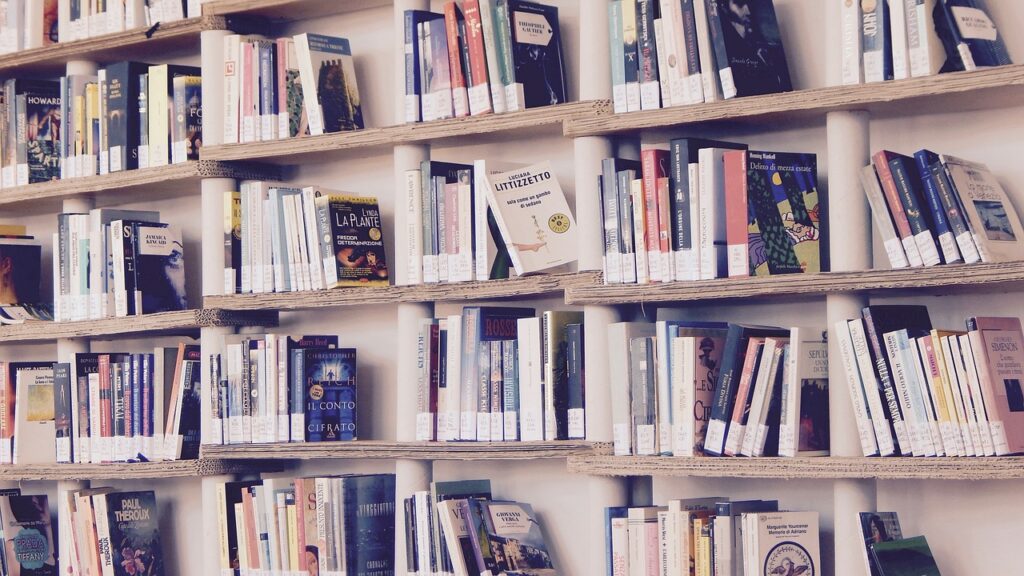
5. **Community Hubs for Lifelong Learning**:Libraries are much more than just places to borrow materials; they are vibrant community hubs where people of all ages can engage in lifelong learning and social connection. Their services extend beyond simple lending, offering a rich tapestry of programs and events designed to enrich the lives of their patrons.
From reading groups for adults to storytelling sessions for infants, toddlers, and preschool children, libraries actively foster a love of reading and develop early literacy skills. They often provide after-school programs, summer reading programs, and even unique initiatives like “PAWS TO READ” or similar programs where children can read to certified therapy dogs, building confidence in a judgment-free environment.
These diverse programs highlight the library’s role as a vital social institution, providing free services and events that cater to various community needs. They serve as a source of connection to a vast world of obtainable knowledge and understanding, offering entertainment and opportunities for personal growth that might otherwise be inaccessible.
Read more about: Nicholas Grimshaw: A Visionary Architect’s Enduring Legacy in High-Tech Design and Public Infrastructure

6. **Modern Digital Accessibility**:The concept of a library has dramatically expanded beyond its physical walls, embracing the digital age to offer unparalleled accessibility. Modern libraries actively extend their services by providing material accessible by electronic means, including from home via the Internet. This transformation is key to serving today’s users who expect convenience.
This means you can access a significant portion of a library’s collection from anywhere with an internet connection, often without even stepping foot inside the building. Digital libraries house digital resources such as text, photographs, and audio, all curated by digital librarians. The shift to digital has greatly impacted how people interact with libraries, making information more readily available.
Through online public access catalogues (OPACs) and subscriptions to electronic journal databases, libraries provide a “gateway” for students and researchers to a vast array of resources, both print and digital. This modern approach empowers users to conduct research, read e-books, and engage with library content from the comfort of their own homes, truly making knowledge accessible to all.
Read more about: Beyond Windows: Unpacking the Strategic Pillars That Propelled Microsoft to a Trillion-Dollar Valuation
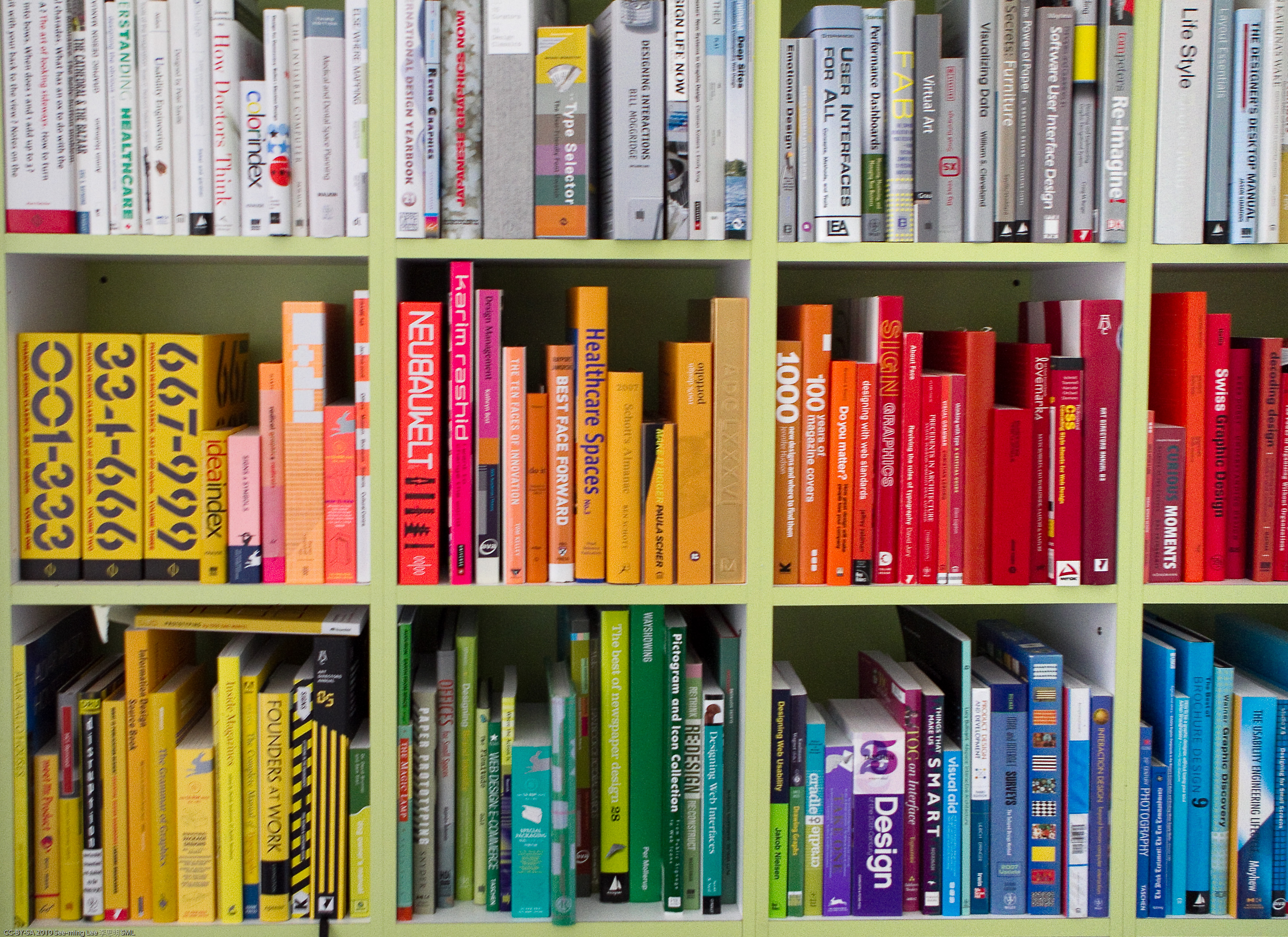
7. **Understanding Library Organization**:To truly unlock the efficiency of a library, it’s incredibly helpful to understand its internal workings. Most libraries arrange their materials in a specified order according to a library classification system, such as the Dewey Decimal Classification Theory. This systematic approach ensures that items can be located quickly and collections browsed efficiently, though libraries usually adjust their system to fit their specific needs.
Larger libraries are often divided into departments, each staffed by professionals and paraprofessionals with distinct roles. For instance, the “Circulation” or “Access Services” department handles user accounts and the loaning/returning and shelving of materials. “Collection Development” orders new materials and manages budgets, while “Reference” staff answer user questions and instruct patrons.
Other key departments include the “Electronic Library,” responsible for providing information via electronic means, and “Technical Services,” which works behind the scenes cataloging and processing new materials. Understanding these organizational structures and the roles of library staff can significantly enhance your ability to navigate the library and make the most of its resources, turning a complex system into an easily manageable tool for your information needs.
Now that we’ve explored the fundamental services and organizational structures that make libraries so effective, let’s dive deeper into specific aspects, unique types of libraries, and modern innovations that continue to shape their vital role in our communities. Understanding these advanced functionalities and specialized contributions can truly empower you to leverage libraries even more strategically for your personal and professional growth.
Read more about: Unpacking the AI Revolution: 15 Must-Know Facts About ChatGPT’s Evolution and Impact
8. **Mastering Information Literacy**:Simply having access to a vast collection of information isn’t enough; knowing how to effectively find, evaluate, and utilize it is a distinct skill. This is where information literacy comes into play, an essential competency that libraries actively cultivate. The concept emerged from the “library instruction movement” in the 19th century United States, driven by the recognition that patrons needed guidance to fully utilize available resources.
Librarians are at the forefront of this effort, providing the basic form of library instruction. They teach you how to ask the right questions, navigate complex search systems, and discern credible sources from unreliable ones. This invaluable guidance transforms you from a passive consumer of information into an empowered, critical thinker, capable of efficiently extracting what you need from the vast digital and physical landscape.
In today’s information-rich environment, often prioritizing convenience over quality, information literacy is more crucial than ever. Libraries face the challenge of marketing their services and highlighting the importance of these skills. Many research librarians, for instance, rely on frameworks like the ACRL Framework for Information Literacy to guide students and faculty, ensuring they develop the tools necessary for academic success and beyond.
These skills extend beyond the classroom, empowering you to make informed decisions in all aspects of life, from personal finance to health choices. Libraries are not just repositories but active educators, committed to ensuring you possess the critical abilities to navigate the modern world’s data deluge.
Read more about: The Annual Intellect: 15 Foundational Books Top Business Leaders Revisit for Enduring Success
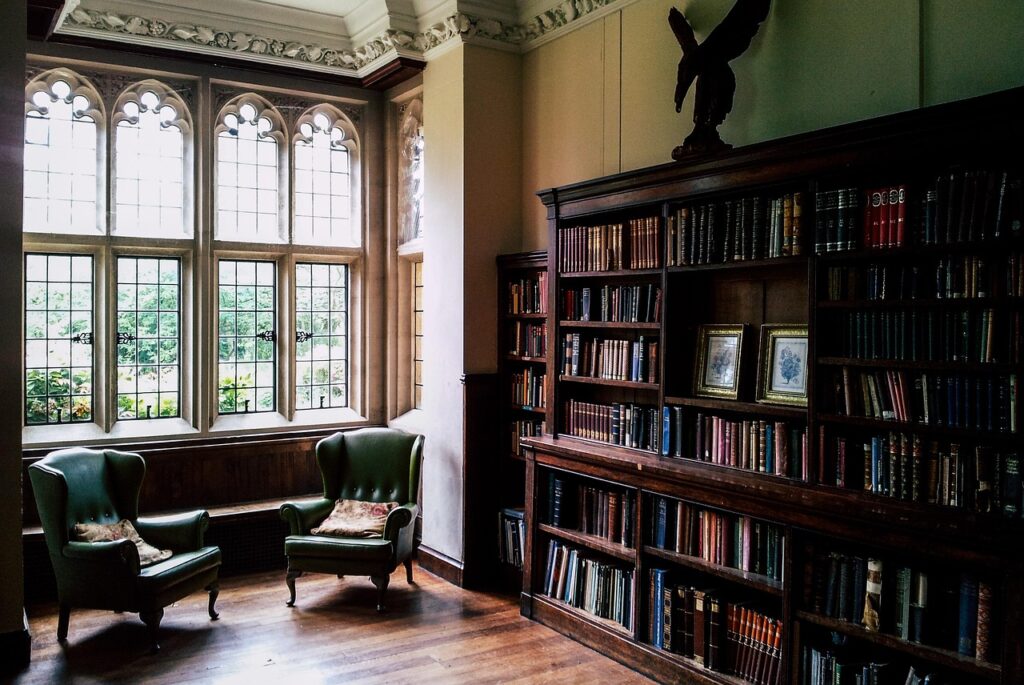
9. **The Power of Digital Catalogues (OPACs)**:Gone are the days when locating a book meant sifting through countless drawers of index cards in a massive card catalogue. The advent of desktop computers and the Internet revolutionized how we access library holdings, ushering in the era of electronic catalogue databases, commonly known as Online Public Access Catalogues (OPACs) or “webcats.” These digital systems have dramatically simplified the search process.
OPACs allow you to search a library’s entire collection from virtually any location with Internet access. This remote accessibility is a game-changer, whether you’re at home, in a coffee shop, or even planning your research before a visit. Specialized search engines like Google Scholar, alongside vast databases like WorldCat from the Online Computer Library Center, further facilitate the discovery of academic articles and research papers, seamlessly integrating library resources with broader online information.
This shift to digital catalogues has profoundly impacted how people interact with libraries, making information more readily available and convenient. It also enables new types of libraries, such as fully digital and distributed libraries, while allowing older institutions to retrofit and modernize their access systems. Leveraging OPACs is a fundamental way to efficiently harness the wealth of knowledge your library holds.
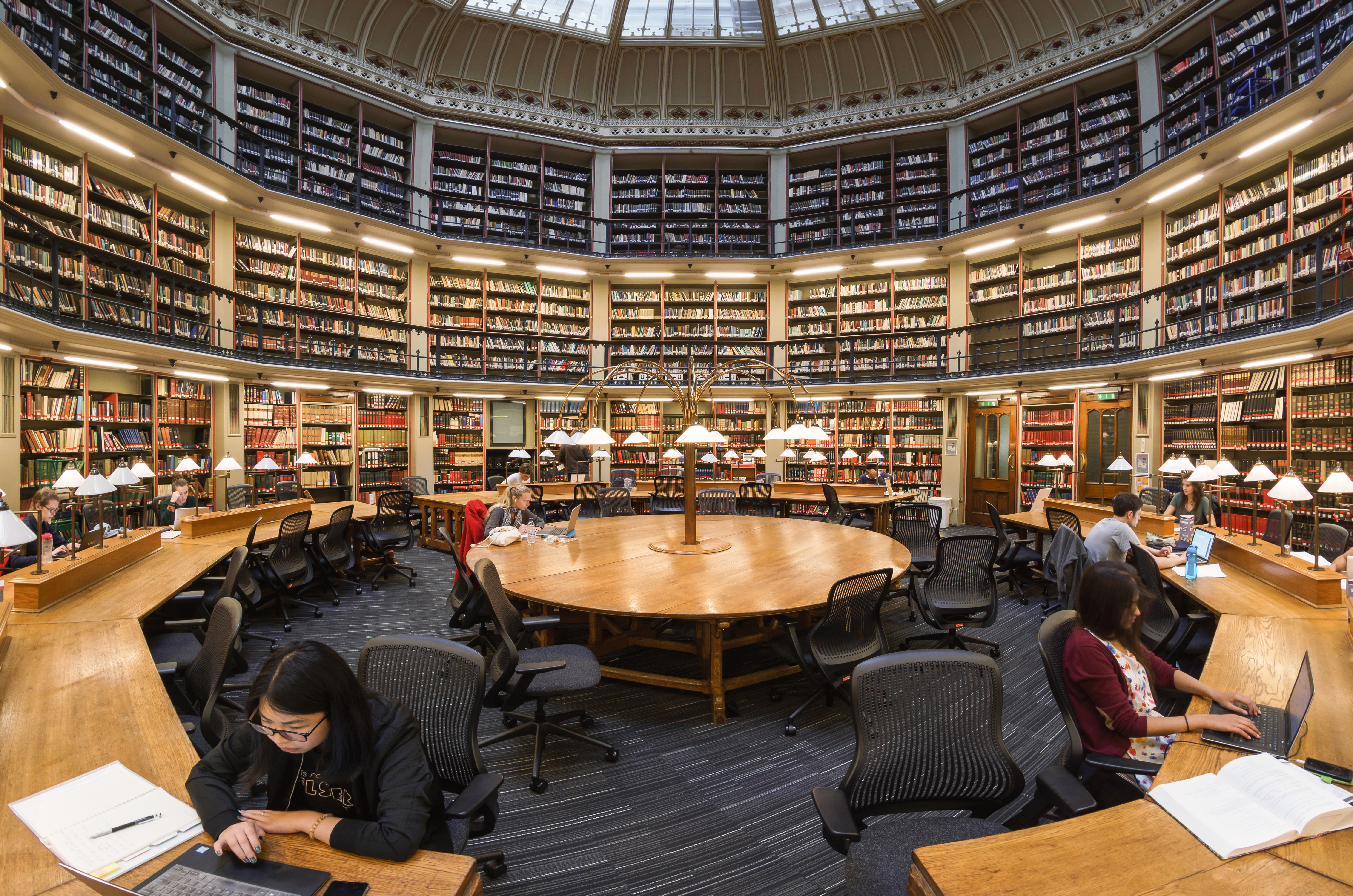
10. **Academic Libraries**:Nestled within college and university campuses, academic libraries serve as the intellectual heartbeats of higher education. Their primary mission is to provide dedicated support for the students and faculty of these institutions, although many, especially those at public universities, offer some level of accessibility to the general public, sometimes for a fee, to enhance community literacy.
These libraries house current, reliable, and highly relevant information resources across all disciplines, catering to the rigorous information requirements of academic life. Beyond physical books, they offer extensive e-resources through institutional subscriptions, acting as crucial backups and providing additional specialized information. They frequently collaborate with other libraries for inter-library loans and maintain “reserve” collections of textbooks and article readings for short-term borrowing.
Academic libraries go beyond just materials, offering a rich array of workshops and courses designed to equip students with vital skills for academic success. These might cover effective search techniques, citation management, navigating journal databases, and utilizing electronic citation software. They also provide diverse study environments, from quiet individual carrels to collaborative group meeting rooms, fostering an optimal learning atmosphere.
Increasingly digitally oriented, these libraries serve as a critical “gateway” for students and researchers to access both print and digital resources. They subscribe to vast electronic journal databases, provide scholarly writing software, and offer computer workstations. Many are also embracing new roles, becoming electronic repositories for institutional research, curating digital copies of theses, and even acting as open-access institutional publishers.
Read more about: Unlock Your Potential: The Ultimate Guide to 15 Free Online Courses for High-Income Skills in 2025

11. **Children’s Libraries**:Cultivating a lifelong love for reading often begins in the vibrant, welcoming spaces of children’s libraries. These special collections of books, specifically intended for juvenile readers, are usually housed in separate rooms, dedicated floors, or wings within general public libraries, creating environments specifically designed to engage young minds. They function as a crucial educational agency, seeking to acquaint children with the world’s literature.
The services commonly provided by children’s libraries extend far beyond simply lending books. They host engaging storytelling sessions tailored for infants, toddlers, and preschool children, fostering early literacy skills from the youngest age. After-school programs and hugely popular summer reading initiatives further encourage reading and learning outside of formal school hours, often supplementing the work of public schools.
A particularly heartwarming and effective program offered in many children’s libraries is “PAWS TO READ.” This initiative allows children to read aloud to certified therapy dogs. The presence of a calming, non-judgmental animal helps children build confidence in their reading abilities, transforming a potentially intimidating task into an enjoyable experience and nurturing a genuine love for books.
Read more about: The ’00s Enigma: 15 Defining Cultural Phenomena That Shaped (And Were Shaped By) The Decade

12. **Media Libraries**:As libraries continue to evolve, their collections have expanded dramatically beyond traditional printed materials to embrace the full spectrum of multimedia. In some countries, a clear distinction is made for these institutions, often described by the French term “médiathèque,” which emerged during a period of significant innovation in French libraries in the 1970s. These media libraries are specifically dedicated to housing non-print resources.
These modern hubs offer a rich array of audiovisual content, including commercial releases of films, television programs, and documentaries. Their sound recording collections span music and audiobooks, available in various formats such as DVDs, Blu-ray Discs, CDs, and cassettes. This diverse offering ensures that entertainment and educational content are accessible in the formats people increasingly consume.
Libraries like the notable Sendai Mediatheque in Japan or France’s Médiathèque Musicale Mahler exemplify this expansion. By providing such varied content, media libraries underscore the contemporary library’s commitment to catering to diverse interests and learning styles, truly becoming comprehensive resource centers for both knowledge and cultural engagement.
Read more about: Unlock Your Potential: The Ultimate Guide to 15 Free Online Courses for High-Income Skills in 2025

13. **National Libraries**:At the apex of a nation’s information infrastructure stands the national library, a prestigious institution serving as the ultimate national repository of information. A distinguishing feature of these libraries is the right of legal deposit, a legal requirement compelling publishers within the country to deposit a copy of every publication with the library, ensuring the preservation of the nation’s intellectual output.
Unlike public libraries, national libraries rarely allow citizens to borrow books directly. Their collections are often unique, comprising numerous rare, valuable, or historically significant works that are preserved for scholarly research and future generations. The origins of many national libraries can be traced back to the royal collections of sovereigns or other supreme state bodies.
National libraries collaborate extensively, often through the National Libraries Section of the International Federation of Library Associations and Institutions (IFLA), to define common standards, discuss shared tasks, and execute projects that help them fulfill their unique duties. European national libraries, for instance, participate in The European Library, a service coordinated by the Conference of European National Librarians (CENL), showcasing their vital role in preserving and making accessible a nation’s cultural and intellectual heritage on a grand scale.
Read more about: The Resurgence of the Real: 14 Analog Technologies from the 70s Making a Modern Comeback

14. **Public Lending Libraries**:The public lending library is perhaps the most familiar type of library, providing essential services to the general public and acting as a cornerstone of community access to information. Whether part of a broader countywide system or serving a specific city, these libraries issue library cards to community members, allowing them to borrow a wide array of materials.
Beyond lending, public libraries are vibrant community organizations, offering a multitude of free services and events. From engaging reading groups for adults to lively toddler story times, they foster social connection, combat rising illiteracy rates among youths (as highlighted by studies like that from the Pennsylvania Library Association), and serve as a crucial source of entertainment, obtainable knowledge, and understanding for everyone.
The physical organization of public libraries has also evolved to meet growing needs. The “stack system,” which separates book collections from reading rooms, and the introduction of compact shelving on tracks, have maximized storage efficiency. While electric lights profoundly impacted lighting, floors of metal grating sometimes allowed air circulation. However, public libraries consistently face budgetary challenges, leading to service cuts and reduced hours, underscoring the ongoing need for public support.
The “Library 2.0” movement, coined in 2005, represents the public library’s proactive response to the digital age, striving to meet changing user needs through Web 2.0 technology. This user-driven approach incorporates features like commenting, tagging, bookmarking, and the use of online social networks by libraries, ensuring they remain relevant and engaging in an increasingly digital world, even as they work to market their invaluable services effectively.
Read more about: Vanished ’00s Fails: Can You Still Spot These Iconic Relics and Forgotten Trends Only a True Collector Remembers?

15. **Library Makerspaces**:Libraries are dynamically expanding their traditional roles, venturing beyond providing books and information to become vibrant centers for creativity and hands-on learning. This evolution is embodied in library makerspaces: creative, hands-on environments located within libraries that provide the tools, technology, and dedicated spaces for patrons to design, prototype, and create a diverse range of projects.
These innovative spaces are equipped with an impressive array of hardware and machinery. You might find a photographic studio, a digital recording studio, sewing rooms, and computer lab cubicles. More advanced makerspaces, or “fab labs,” often boast 3D printers with 3D scanners, CNC machines, laser cutters, laser engraving equipment, injection molding machines, and even traditional woodshops or machine shops.
Complementing the hardware, library makerspaces also offer access to sophisticated software. This includes tools for graphic design, video editing, 3D modeling and rendering, and programming educational resources. This comprehensive provision enables patrons to explore everything from digital art to complex engineering designs, fostering innovation and practical skill development across various disciplines.
The core aim of these makerspaces is to enhance “hard skills” and enable active learning by doing, moving beyond passive consumption of information. They are powerful engines supporting STEM (Science, Technology, Engineering, and Mathematics) and STEAM (adding Art) education, digital literacy, and lifelong learning for all ages. They empower individuals to transform ideas into tangible creations.
Whether you’re interested in joining a code club, building robots, exploring arts and crafts, or delving into multimedia projects, library makerspaces offer unparalleled opportunities. They are fostering a culture of innovation, skill-sharing, and community engagement, truly solidifying the library’s role as a dynamic incubator for future creators and problem-solvers.
From the silent study carrels to the bustling makerspaces, from expert librarians guiding complex research to engaging story times for the youngest readers, libraries are continually reinventing themselves. They are not static archives but living, breathing institutions that adapt to the ever-changing needs of society. By understanding their diverse offerings – from specialized academic support to multimedia access and digital literacy training – we can fully appreciate their enduring value. These are not just places; they are gateways to opportunity, community, and boundless knowledge, standing as indispensable pillars in our journey of lifelong learning and discovery. Embrace the library; it’s one of the best lifehacks you’ll ever find.”




